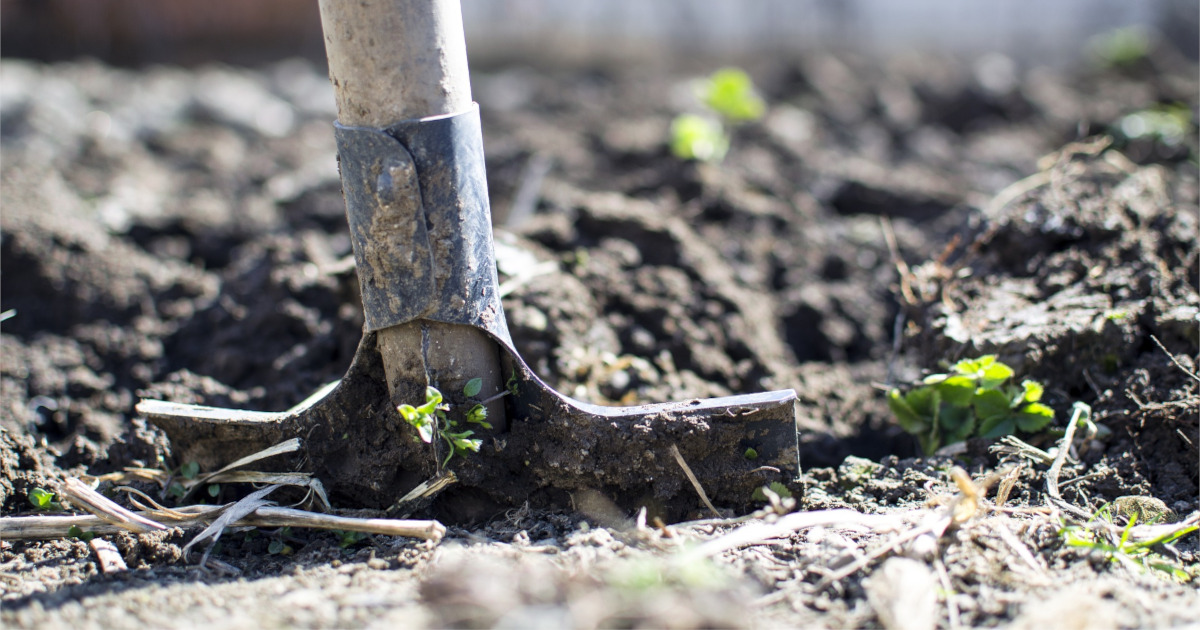
Cover Crops Make Farming Fun Again
The benefits of no-till agriculture are better understood today, and no-till is just one leg of conservation agriculture’s three-legged stool of soil health, along with permanent ground covers and diverse crop rotations. Those practices build soil health rather than deplete it, and continue to build increased nutrition and resilience into the soils that we rely on for our very survival.
April 1, 2023 | Source: Eco Farming Daily | by Mary Ann Lieser
Edward Faulkner’s Plowman’s Folly was first published in 1943, on the heels of the Dust Bowl. During the 1930s, the southern Great Plains had seen millions of tons of topsoil lost, thousands of families uprooted and impoverished and hundreds of deaths from “dust pneumonia.” Faulkner’s no-till message introduced another way to plant field crops that, had it been widely adopted a few decades earlier, would have largely prevented the catastrophe that was the Dust Bowl.
The benefits of no-till agriculture are better understood today, and no-till is just one leg of conservation agriculture’s three-legged stool of soil health, along with permanent ground covers and diverse crop rotations. Those practices build soil health rather than deplete it, and when those practices are continued over time they continue to build increased nutrition and resilience into the soils that we rely on for our very survival.
